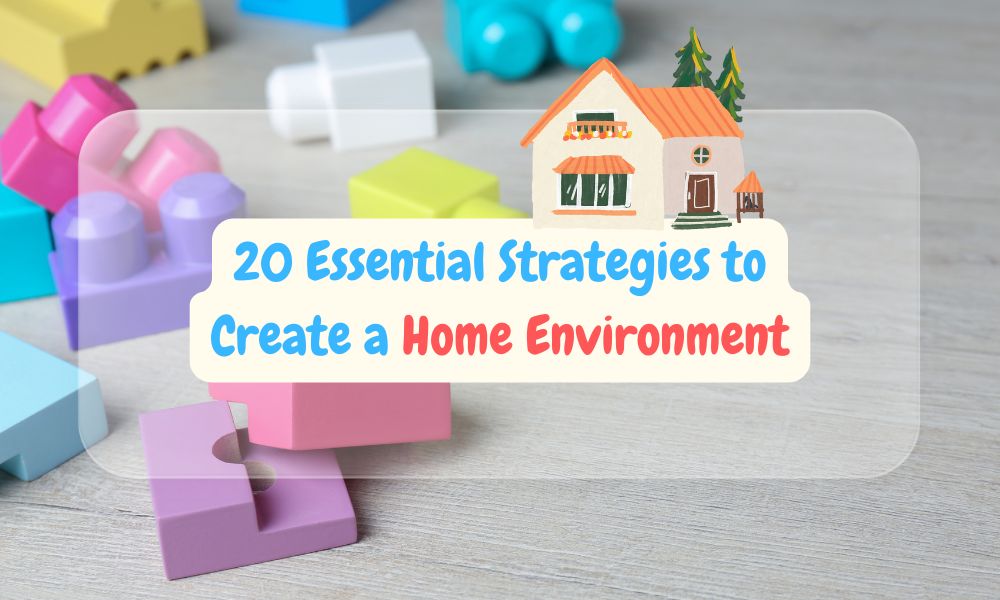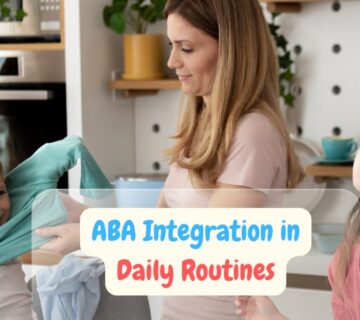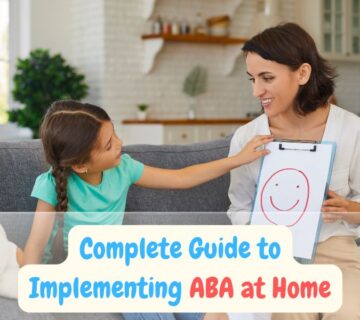20 Essential Strategies to Create a Home Environment That Supports ABA Therapy Success
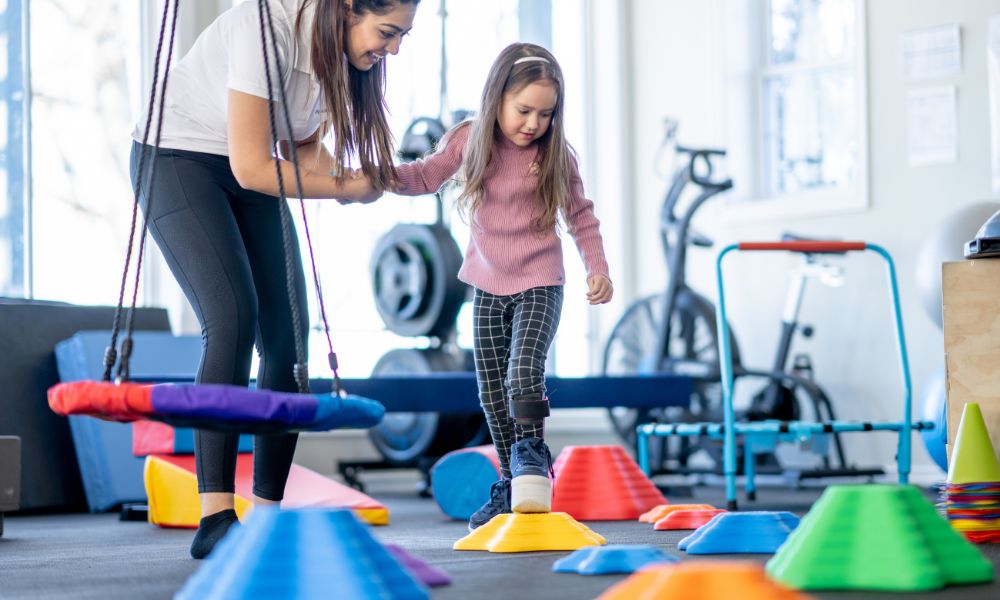
Creating an effective learning environment at home can double the impact of Applied Behavioral Analysis (ABA) therapy, yet many parents struggle with where to begin. The transformation from living space to therapeutic setting doesn’t require a complete home renovation – instead, it’s about strategic organization and thoughtful implementation of visual supports.
The key to successful home-based ABA therapy lies in understanding how environmental factors influence behavior and learning. By carefully structuring spaces and incorporating specific organizational systems, families can create powerful learning environments that enhance therapy outcomes while maintaining the comfort and functionality of their home.
Understanding Applied Behavioral Analysis
Applied Behavioral Analysis works by examining how learning and environment shape behavior patterns. The method focuses on increasing positive behaviors while reducing challenging ones. Research shows ABA helps children with autism develop better communication and social skills. Success comes from steady application of techniques and careful monitoring of progress.
Read More: What is ABA Therapy? A Comprehensive Guide to Autism Therapy and Treatment in Atlanta
The Power of Home Environments in ABA
A well-structured home setting makes in-home ABA therapy more effective by allowing children to practice skills in their everyday environment. When families implement ABA at home, children show better progress in maintaining new behaviors. The natural home setting reduces stress and increases comfort, which leads to improved learning outcomes and behavior changes that last.
Principles of Organization for ABA Support
An organized therapy space helps children focus and learn effectively. By removing extra items and sorting materials, parents create supportive environments for ABA sessions. Storing therapy items in labeled containers and grouping them by activity type makes sessions run smoothly. A clean, well-arranged space minimizes distractions and sets the stage for productive learning.
Types of Visual Supports Used in ABA
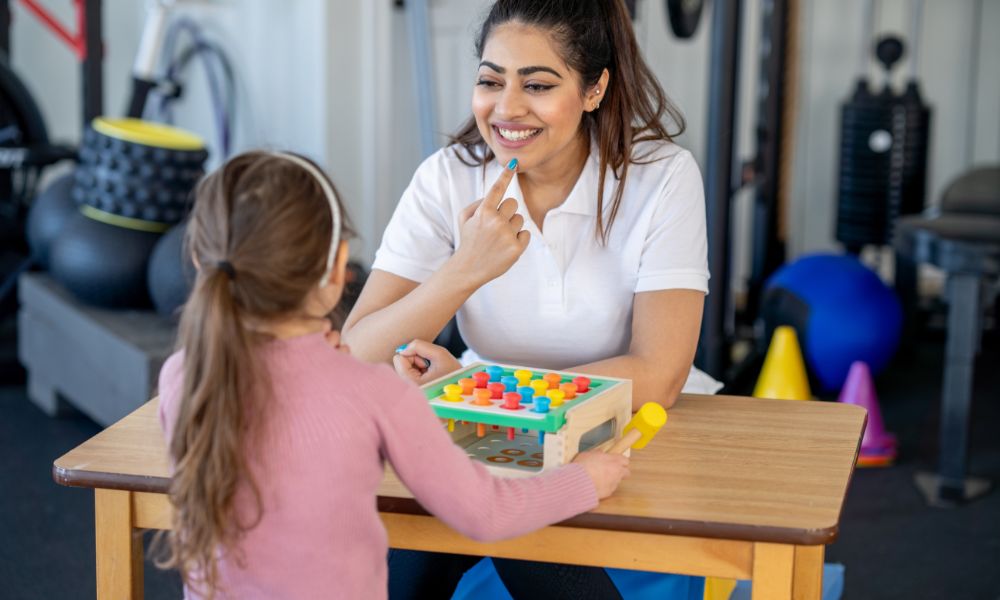
Visual supports and schedules strengthen ABA therapy by giving children clear, picture-based direction. Schedule boards show daily activities in sequence, while task analysis charts break complex skills into simple steps. Token boards track progress during sessions. The Picture Exchange Communication System gives non-verbal children tools to express needs through images.
Creating Designated Therapy Spaces at Home
Setting up specific areas for creating a structured environment helps children understand when it’s time to learn. A well-planned space needs good lighting and minimal outside noise. Small spaces work well with dual-purpose furniture and wall-mounted storage, while larger rooms can include separate zones for table work and movement activities.
Read More: Home-Based vs. Center-Based ABA Therapy in Atlanta: A Comprehensive Guide to Making the Right Choice
Implementing Visual Schedules and Routines
Visual schedules add structure and predictability to a child’s day, which reduces anxiety during therapy sessions. Parents can create effective schedules using photos, drawings, or symbols that match their child’s comprehension level. When used daily, these visual tools make transitions smoother and help children move independently through activities.
Organizing Materials and Resources for ABA Sessions
Clear plastic bins and labeled containers make therapy supplies quick to find and put away. Group items based on learning goals and activities – keep math manipulatives together, language cards in one spot, and sensory tools in another area. Rotate materials weekly to maintain interest while keeping commonly used items at arm’s reach.
Using Visual Cues for Behavior Management
Visual supports and schedules simplify behavior management in ABA therapy by showing children what to do. Simple images and symbols work as reminders for expected behaviors. Many families find success with sticker charts and token systems to mark progress. Matching the visual cues to each child’s understanding makes them most effective.
Incorporating Sensory-Friendly Elements in the Home
Light control makes a big difference in structured home environments. Installing dimmer switches and adjustable window coverings lets you modify brightness based on needs. Sound-absorbing materials like rugs and heavy curtains reduce noise levels. Adding calming tools such as weighted blankets, stress balls, and quiet corners supports self-regulation during therapy sessions.
Setting Up Communication Systems Using Visuals
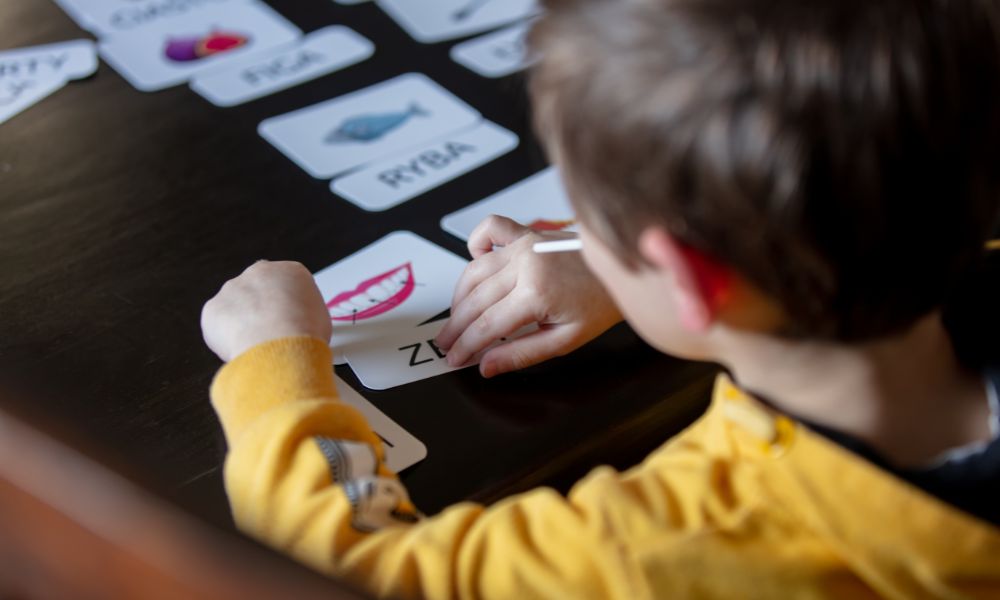
Picture Exchange Communication System helps non-verbal children express their needs during ABA sessions. Simple communication boards with common words and images build a strong foundation for daily interactions. When parents place visual aids throughout the home – in bedrooms, kitchen, and play areas – children learn to communicate across different settings. Adding gestures and sign language alongside pictures strengthens the child’s ability to express themselves clearly.
Strategies for Minimizing Distractions in the Home Environment
Outside noises, household items, and daily activities can interrupt ABA therapy sessions. Placing white noise machines near windows blocks street sounds, while hanging sound-absorbing panels reduces echoes. Using room dividers or portable screens creates clear boundaries between therapy and living spaces.
Storing non-therapy items in closed cabinets limits visual distractions. A simple table facing a blank wall helps children stay focused on learning tasks. Setting “do not disturb” signs and specific therapy hours lets family members know when quiet time is needed.
Read More: The Complete Guide to Implementing ABA at Home: 15 Essential Strategies for Success
Adapting Different Rooms for ABA Activities
Living rooms work well as primary therapy spaces with strategic furniture placement. Position a small table and chairs against a neutral wall, while keeping play materials in stackable bins under the couch. Creating a supportive environment means using roll-away storage carts hold therapy supplies that slide into closets after sessions.
Bedrooms double as focused learning zones by using murphy desks or fold-down tables. Simple curtains section off sleeping areas from work spaces. Wall-mounted pegboards display visual schedules while keeping floor space open for movement activities.
Kitchens support life skills practice when lower cabinets store child-safe cooking tools. Clear bins in pantries organize snacks and materials for following visual recipes. A designated drawer holds picture cards for requesting items during mealtimes.
Involving Family Members in Maintaining the ABA-Supportive Environment
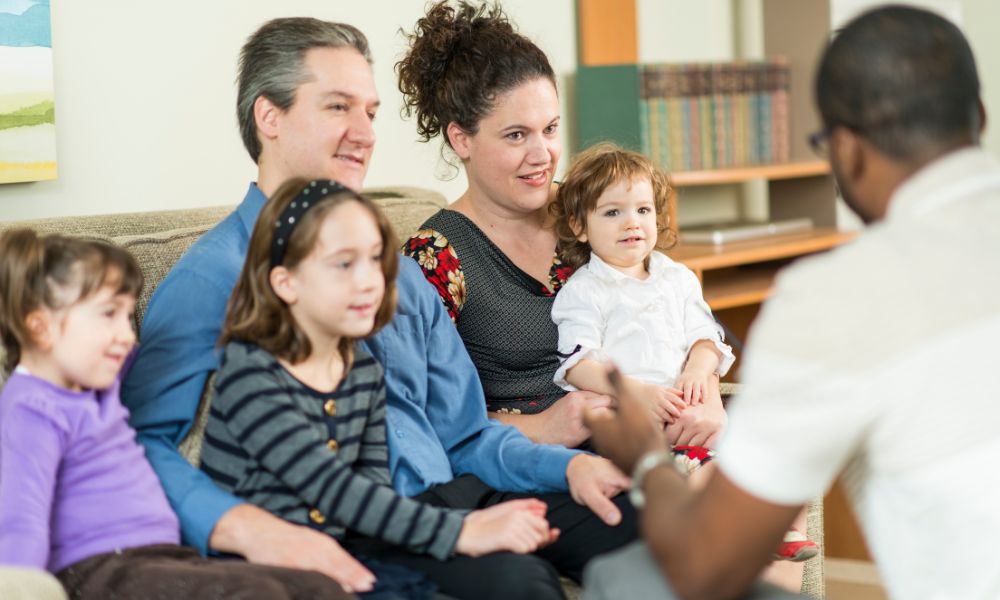
Family cooperation strengthens in-home ABA therapy results at home. Parents can assign specific roles to each family member – older siblings help maintain visual schedules, while younger ones participate in practice sessions. Clear communication through family meetings and shared calendars keeps everyone informed about therapy goals and progress.
Setting up a family message board near therapy areas allows members to share updates about materials, schedules, and behavior tracking. This team-based approach helps maintain organization and consistency in the home ABA program.
Tips for Rotating and Updating Visual Supports
Regular changes to visual aids and supports keep ABA sessions productive and children interested. Weekly reviews help identify which picture cards and schedules need updates based on progress. Parents can swap out completed tasks for new learning goals while keeping successful tools in rotation.
Adding fresh images works best when mixed with familiar visuals – this maintains stability while supporting growth. A photo library organized by skill type makes quick updates possible. Keeping backups of working systems allows smooth transitions when introducing modifications.
Balancing ABA-specific Organization with General Home Functionality
Living spaces work best when they create supportive environments for both therapy needs and daily family life. A storage ottoman holds therapy materials while serving as extra seating. Rolling carts with therapy supplies tuck neatly into closets after sessions, maintaining the home’s normal appearance. Multi-purpose furniture like folding tables and stackable chairs allows rooms to shift between therapy time and family activities without disrupting either purpose.
Addressing Challenges in Maintaining an Organized ABA Environment
Parents often struggle to maintain materials and systems needed for home-based ABA therapy. Common issues include therapy supplies getting mixed with regular toys and visual schedules falling out of date. Setting aside 15 minutes daily for organization, along with weekly material checks, helps maintain order. Building cleanup routines into therapy sessions teaches children responsibility while keeping spaces functional.
Technology and Apps that Support Visual Organization for ABA

Digital tools make managing visual supports more efficient for parents and therapists. Apps like First Then Visual Schedule and Visual Timer HD help track daily activities and transitions. These tools store picture libraries for quick schedule updates and behavior tracking.
Many apps offer pre-made symbol sets specifically designed for ABA programs. Choice Works creates interactive behavior charts, while Bitsboard Pro builds custom flash cards and matching games. Parents can print digital materials or display them on tablets during sessions.
The key is picking tools that match the child’s needs and abilities. Basic camera apps work well for capturing real-life examples, while dedicated ABA apps provide structured templates for data collection and progress monitoring.
Read More: ABA Therapy vs Speech Therapy: A Side-by-Side Evaluation
Case Studies of Successful Home ABA Setups
A family in Minnesota turned their basement into an ABA learning center by dividing the space into three zones. The first area features a small table against a solid wall for focused work. The second includes floor cushions and educational toys for play-based learning. The third contains a mini-kitchen setup for life skills practice.
A single mother in Texas modified her one-bedroom apartment by installing pocket doors to separate the living room during therapy hours. She mounted pegboards at child height for visual schedules and used under-bed storage containers to rotate materials based on weekly goals.
These examples show how different spaces can support ABA with smart space planning and organization systems.
Customizing Visual Supports for Individual Needs and Preferences
Visual supports and schedules work best when they match a child’s interests and abilities. Some children respond well to real photos, while others connect better with simple line drawings or symbols. Parents can test different styles by showing options and noting which ones their child understands quickly.
Making visual aids personal means including images of the child’s own toys, family members, and favorite activities. This connection helps children relate to the materials and use them more readily during ABA sessions.
Strategies for Generalizing Skills Learned in the Organized Home Environment to Other Settings
Skills practiced in an ABA home setting need structured practice in new places. Parents can bring familiar visual cues and schedules when visiting other locations. Using identical prompts at home, school, and community spots helps children apply their learning across different situations. Bringing small versions of home-based therapy token boards or behavior charts maintains consistency in new settings.
Making Home Environments Work for ABA Success
The journey to creating an effective home environment for ABA therapy is an ongoing process of refinement and adaptation. Success comes from finding the right balance between therapeutic needs and practical living arrangements, while maintaining consistency in implementation. The effort invested in organizing and structuring the home space pays dividends in improved therapy outcomes and sustained behavioral progress.
As families continue to adapt their homes to support ABA therapy, the focus should remain on flexibility and personalization. What works for one child may need modification for another, but the fundamental principles of organization, visual support, and structured spaces provide the foundation for successful home-based ABA therapy.
Sources:
What is Applied Behavior Analysis and Why Is It Important?: https://bouve.northeastern.edu/news/what-is-applied-behavior-analysis-and-why-is-it-important/
Applied Behavior Analysis (ABA): https://www.autismspeaks.org/applied-behavior-analysis
Autism Society of America Shares Applied Behavior Analysis (ABA) Resource: https://autismsociety.org/autism-society-applied-behavior-analysis-aba-resource/
The Ultimate ABA Therapy Guide: https://abatherapyresources.org/aba-therapy-guide/

